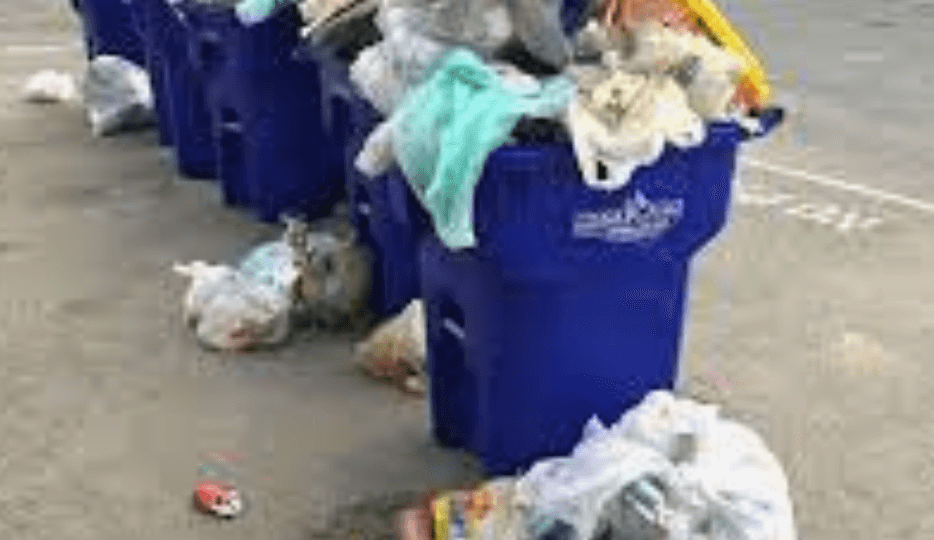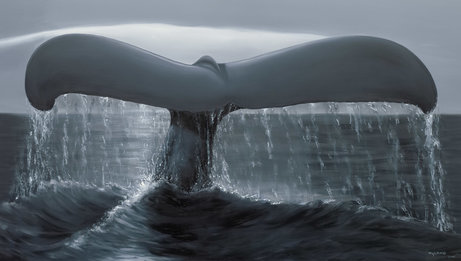
By Rich Co
According to a study, 70% of the Great Pacific Garbage Patch has turned into a hospitable habitat for some coastal species. Although the discovery of coastal species in the middle of an ocean is not unique, researchers claim that the diversity and occurrence of coastal species are new. The study’s findings, in the opinion of its authors, show that the oceanic environment, together with the floating plastic habitat are unquestionably hospitable to coastal species. In the open ocean, coastal species with a variety of life history traits can persist, procreate, and have intricate population and community structures. According to the authors, the plastisphere may now offer coastal species extraordinary new opportunities to expand populations further into the open ocean and permanently integrate into the pelagic community, significantly changing the oceanic communities and ecosystem dynamics in this environment with potential repercussions for changes in the dispersal of species and biogeography at broad spatial scales.
The 105 pieces of debris were gathered between November 2018 and January 2019, and 105 species were examined. Ropes, bottles, and fishing nets were among the debris. According to Yahoo News, both coastal and open-ocean species coexisted in about two-thirds of the debris studied. The study by Haram and several colloeagues was recently published in the journal Nature Ecology & Evolution.In the years to come, more plastic is anticipated to enter the ocean. According to CBS News, between now and 2040, the rate at which plastic waste enters the ocean will increase by roughly 2.6 times if urgent policy intervention is not met.
Also Read: 16-Year-Old Student Built a Robot that can Solve Plastic Pollution in Pacific Ocean Within a Year
Great Pacific Garbage Patch
The debris concentrates in a few locations, according to the National Oceanic and Atmospheric Administration. The trash is constantly being moved by wind and waves in the Pacific Ocean. At least 79,000 tons of plastic were thought to be present inside the patch. Since then, the nonprofit organization The Ocean Cleanup has collected more than tens of thousands of pounds of trash. Both larger pieces of trash and tiny pieces of plastic make up the patch.
According to the NOAA, garbage patches are created when rotating ocean currents called gyres gather debris in one area. In all of the oceans, there are five gyres.Despite being the most well-known, the Great Pacific Garbage Patch is not the only one. Patches of debris are being produced by two gyres in the Atlantic Ocean, two in the Pacific Ocean, and one in the Indian Ocean.
Many people have the misconception that the “Pacific Garbage Patch” is a sizable, continuous patch of easily observable marine debris, including bottles and other trash-almost like a literal island of garbage that should be visible on satellite or aerial images, which is not the case. Although there are higher concentrations of litter items here, most of the debris is actually tiny floating pieces of plastic that are not immediately visible to the naked eye, NOAA reports.
“>
